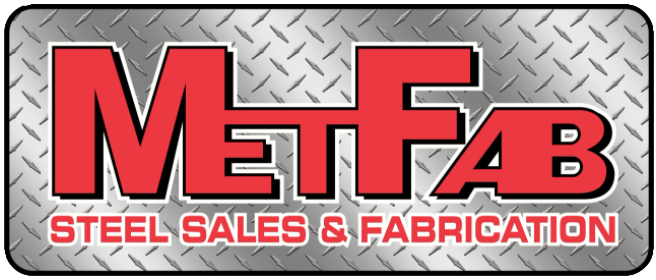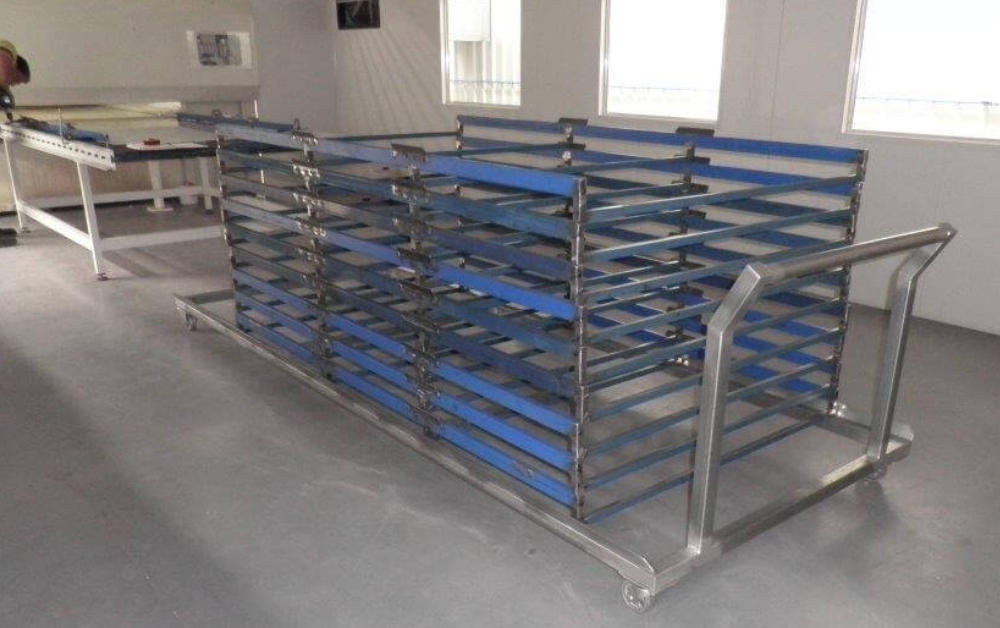Most Common Metal Fabrication Mistakes and How To Avoid Them
Cutting, bending, welding, and shaping metal components are essential in metal fabrication in many sectors. But mistakes can happen during fabrication, lowering quality, higher prices, and project delays.
In this article, we'll go over the most typical errors in metal works and offer thorough advice on how to prevent them. You may guarantee successful metal fabrication projects that meet the highest efficiency and quality standards by being aware of these risks and taking preventative action.

Metal Fabrication Mistakes
Metal fabrication is a complex operation that requires various tools and expertise to turn raw metal into usable components. However, even skilled fabricators have the potential to make catastrophic errors.
Insufficient Planning and Design
Insufficient planning and design is one of the worst errors in metal manufacturing. Fabricators may run into problems throughout the fabrication process without a well-thought-out plan and exact design criteria. To avoid this error, it is essential to put time and effort into careful planning and design. This entails producing detailed designs, considering material compatibility, and doing feasibility analyses. Ensuring the project is well-planned and properly carried out may be accomplished by working closely with designers and engineers.
Insufficient Material Choice
Poor outcomes might emerge from using faulty materials for a manufacturing job. Each material has unique qualities and traits that make it appropriate for particular purposes. To ensure they are utilizing the right materials for the project, fabricators should conduct extensive studies on and understand the materials they are dealing with. Consider strength, corrosion resistance, heat tolerance, and price when choosing materials. When choosing materials, speaking with vendors or specialists may be helpful.
Inappropriate Bending and Shaping
Metals must be bent and formed precisely to preserve structural integrity while achieving the desired forms. Fabricators need to be aware of the limitations of various materials when bending things and ensure the right methods are used. This entails employing the proper bending equipment and tools, paying close attention to details like bend radius and material thickness, and adhering to accepted lending standards. Careful planning and precise measurements are essential to prevent distortions and deformations during the bending and shaping operations.
Poor Cutting Techniques
Ineffective cutting methods can lead to ragged edges, sloppy cuts, and material waste. Fabricators must utilize the proper cutting methods and tools for the material they are working with. This includes deciding on the best cutting technique (such as laser, plasma, or waterjet) and ensuring the cutting instruments are accurate and sharp. Additionally, making clean and precise cuts may be accomplished by adhering to certain materials' suggested cutting speeds and feed rates.
Welding Mistakes
Mistakes made during the welding process can weaken connections and jeopardize the overall integrity of manufactured components. Fabricators must understand various welding procedures, such as MIG welding, TIG welding, or arc welding, to prevent errors. It is crucial to thoroughly prepare, including cleaning and preparing the surfaces to be welded. To produce high-quality welds, welders should also adhere to suggested welding parameters, including current, voltage, and travel speed. Welds should be regularly inspected using non-destructive testing techniques like ultrasonic testing or X-ray scanning to find any possible flaws.
Inaccurate Measuring and Marking
Accurate measurements and marks are essential in manufacturing metal to guarantee components' correct alignment and fitting. Fabricators should utilize the right measuring instruments, such as callipers, rulers, and squares, to take precise measures. Marking that indicates the essential cutting, bending, or welding locations should be done carefully and clearly. Before beginning manufacturing, double-verifying all dimensions and marks will help you save time and avoid making expensive mistakes.
Lack of Safety Precautions
Safety should always come first while fabricating metal. Accidents and injuries can occur if basic safety procedures are not followed, and personal protection equipment (PPE) is not used. Fabricators must implement stringent safety procedures, which include offering suitable PPE, running safety training programmes, and routinely checking the working environment for any risks. In the fabrication workshop, fostering a safety-conscious culture lowers the likelihood of accidents and provides a safer working environment.

Tips To Avoid Metal Fabrication Mistakes
Proper Planning and Design
For metal fabrication projects to be successful, it is essential to put effort into careful planning and design. It entails drafting thorough blueprints and specifications, considering practicality and material compatibility, and working closely with designers and engineers. Thorough planning and design reduce mistakes, guarantee precise project execution, and lay a strong basis for the production process.
Material Research and Testing
Before beginning a fabrication job, extensive study and material testing are crucial. To choose the best materials, it is essential to understand the features and traits of various metals, such as their strength, corrosion resistance, heat tolerance, and cost. It is possible to ensure that the materials selected are suitable for the intended use by testing material compatibility. The danger of employing defective materials, which can result in subpar quality, impaired structural integrity, or early component failure, is reduced by proper material research and testing.
Accurate Measuring and Marking
Fundamental elements of metal fabrication include precise measurement and marking. Ensuring that components are precisely aligned and fitted requires using trustworthy measuring equipment like callipers, rulers, and squares. Errors may be avoided by double-checking all measurements before beginning manufacturing. Furthermore, precisely marking cutting, bending, and welding locations offers explicit instructions during production, reducing misunderstanding and potential errors.
Quality Control Measures
To maintain high standards and prevent costly errors, it is essential to use strict quality control methods throughout the fabrication process. Routine inspections and testing aid in the detection of any deviations from the required parameters. To monitor the project's development and guarantee consistency, it's critical to document processes and keeps records. Fabricators may prevent further challenges and guarantee the finished product fulfils the requirements by using thorough quality control systems that allow them to identify and fix problems early on.
Emphasize Safety
Safety must always come first in metal fabrication to safeguard employees and avoid mishaps. This entails enforcing safety regulations, such as donning the proper personal protective equipment (PPE), keeping the workplace tidy and organized, and running frequent safety training programmes. Fabricators may lower the risk of injuries, foster a healthier workplace, and minimize possible risks resulting in errors or accidents by encouraging a safety-conscious culture inside the fabrication workshop.
FREQUENTLY ASKED QUESTIONS
Conclusion
Metal fabrication is a complex procedure that requires careful attention to detail, proper planning, and adherence to best practices. While mistakes can happen, taking proactive measures to avoid them is crucial for achieving successful outcomes. By understanding common metal fabrication mistakes and implementing the right strategies, you can significantly minimize errors and improve the overall quality of your fabricated components.
It's essential to prioritize the tips and recommendations mentioned in this article. Invest time in proper planning and design, conduct thorough material research and testing, emphasize accurate measuring and marking, implement stringent quality control measures, and prioritize safety in your fabrication processes. Doing so can enhance efficiency, reduce costly errors, and deliver high-quality products.
Remember, metal fabrication is a continuous learning process. Embrace the opportunity to learn from any mistakes that may occur along the way and strive for continuous improvement. Stay current with industry advancements, seek professional guidance, and foster a collaborative environment to exchange knowledge and experiences with fellow fabricators.


